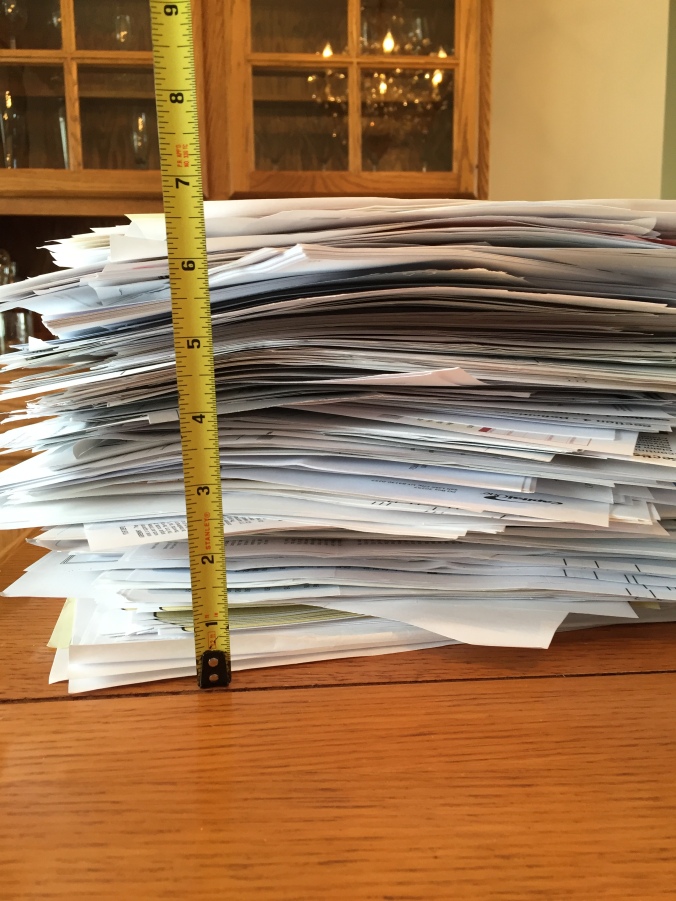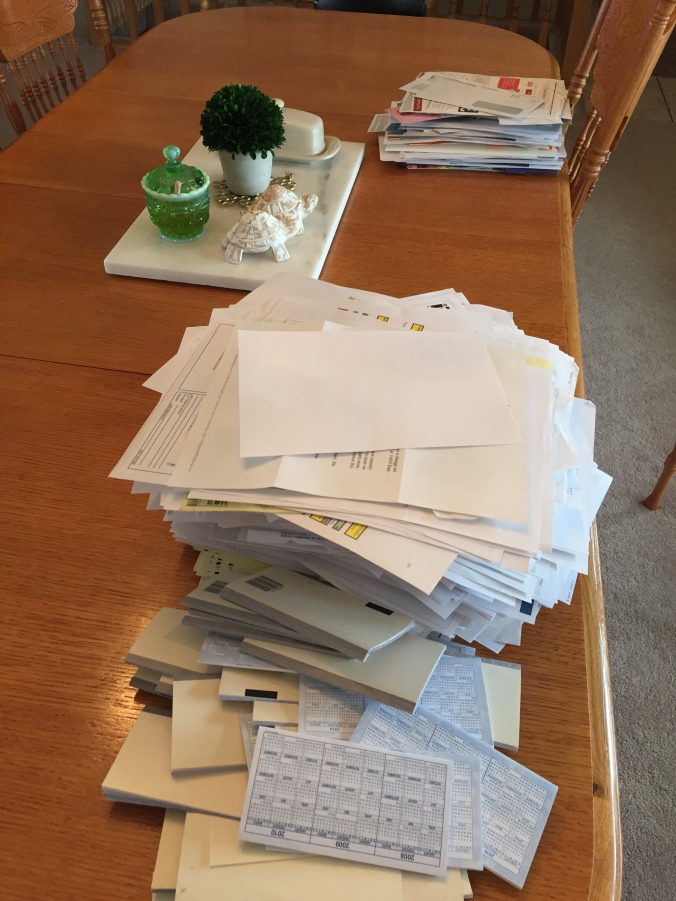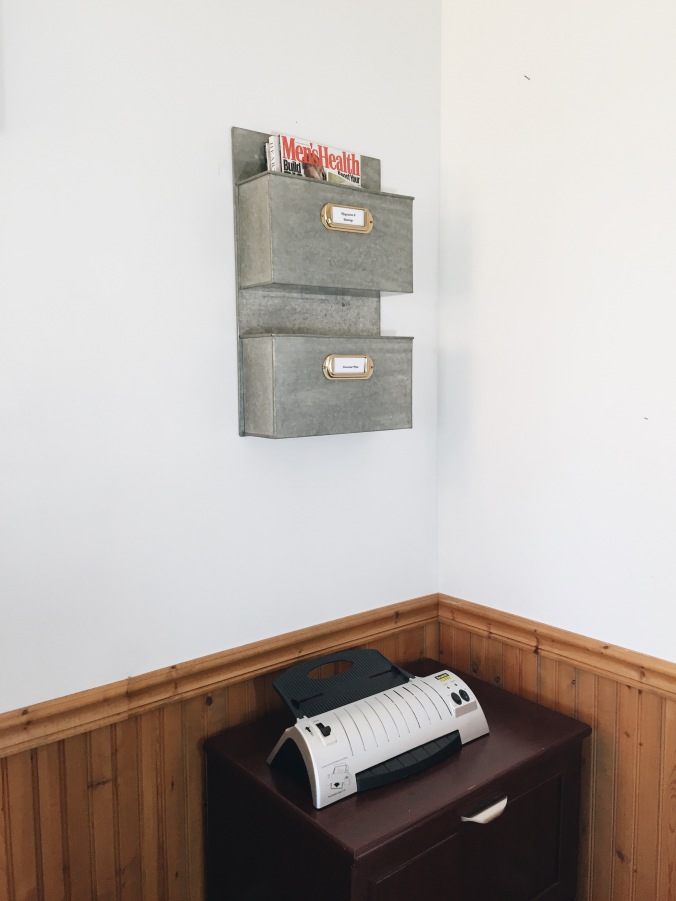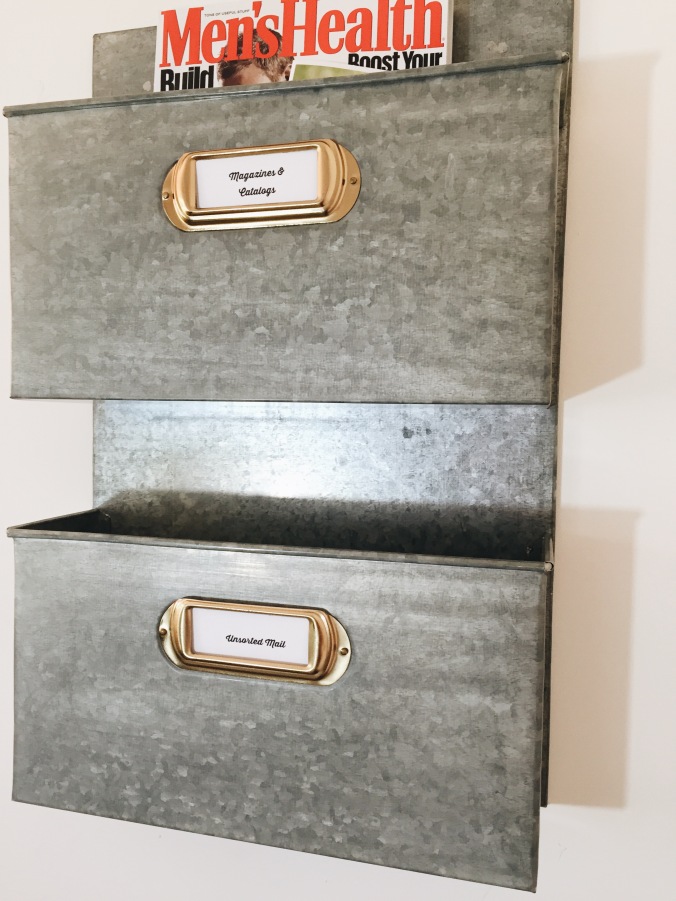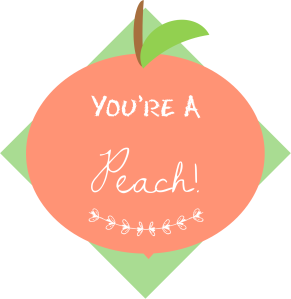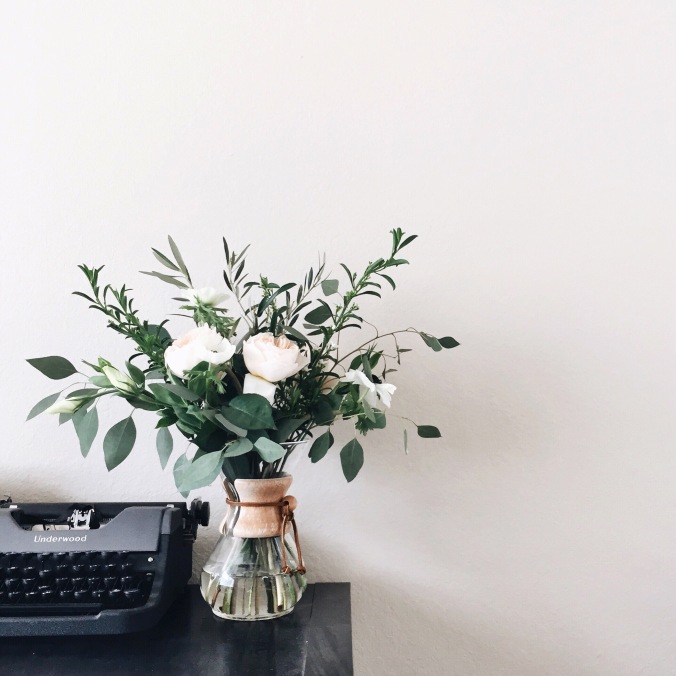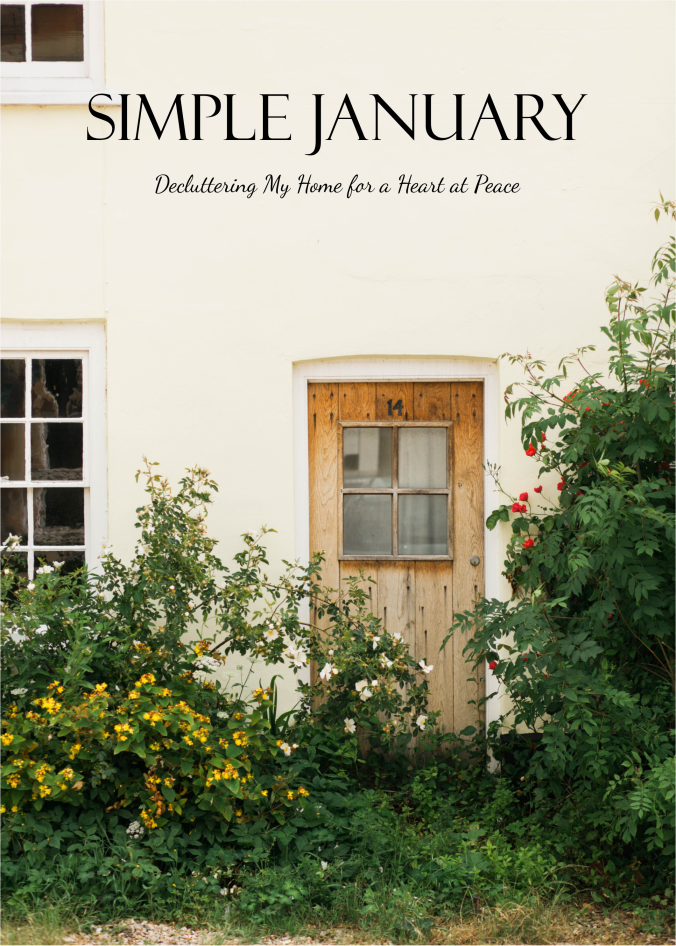
Better Than Before by Gretchen Rubin is one of the books I choose as part of my Essential Reading List for a Simple 2016. What really drew me to this book was the subtitle, “What I learned about making and breaking habits–to sleep more, quit sugar, procrastinate less, and generally build a happier life.” I have been struggling with habits and routines since I started staying home. It’s so easy to put things off until later in the day or tomorrow, and never actually getting around to doing the things that you want to do.
In the introduction to the book, Rubin describes how “habits eliminate the need for self-control.” Having good habits (whatever that means to you) allows you to not have to make decisions. I go to yoga on Mondays. I don’t have to make a decision about what I’m doing on Monday nights, because I’ve gotten into the habit of going to yoga. I don’t plan for other things during that time. If you get into the habit of drinking a green smoothie every morning, you don’t have to stand in front of the fridge trying to resist the cold pizza. Healthy habits help us resist temptations because we don’t have to make the decision between something tempting, that may only create pleasure in the moment, and what will make us happy in the long run.
However, Rubin acknowledges that habits can allow for us to become numb to certain aspects of our existence and that time can sort of blur together. I believe though that by creating habits and routines that take care of some of my “daily grind” activities, I will better be able to be present in other moments because I won’t be worrying or feeling guilty. I agree with Rubin that, “When we change our habits, we change our lives,” because most of our life is the ordinary and “normal” so creating good habits* for the everyday will allow me to make the most of my life.
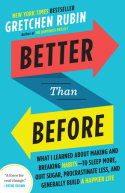
My most favorite part of the book is that fact that throughout the entire book, Rubin acknowledges that there is no one-size fits all way of changing habits. Changing habits requires self-knowledge, which Rubin also helps you learn throughout the book. The first thing that you will need to learn about yourself is which of the Four Tendencies are you: an Upholder, an Obliger, a Questioner, or a Rebel. There is a quiz in the back of the book or you can take the online version here. After taking the quiz I learned that I am an Obliger, but I believe I have Rebel tendencies. I need outside accountability to stick to goals I have for myself (like announcing goals here on the blog), but if someone else expects or tells me to do something, and I didn’t agree to it or ask for their opinion, I will often avoid it simply out of spite. Rubin observed that, “our Tendencies are hardwired, and while they can be offset to some degree, they can’t be changed.”
Rubin mentions several times that we are not that different from each other, but that our differences are very important. This leads to more questions about our personality.
- Are you a lark (early bird) or an owl?
- Are you a marathoner, sprinter, or procrastinator?
- Are you an underbuyer or overbuyer?
- Are you a simplicity lover or an abundance lover?
- Are you a finisher or an opener?
- Are you a familiarity lover or a novelty lover?
- Are you promotion-focused or prevention-focused?
- Do you like small steps or big steps?
- How do you like to spend your time?
- What do you value?
- What are your current habits.
All of these need to be determined before we can try to change our habits. “We won’t make ourselves more creative and productive by copying other people’s habits, even the habits of geniuses; we must know our own nature, and what habits serve us best.”
The rest of the book (most of the book) is focused on how to start a new habit and how to maintain it based on what Tendency you are and what distinctions you have. The four strategies that Rubin believes tower above all others are what she calls the Pillars of Habit and include, Monitoring, Foundation, Scheduling, and Accountability.
Monitoring is simply keeping track of what you want to change. “Self-measurement brings self-awareness, and self-awareness strengthens our self-control.” This brings to mind when I first started Weight Watchers and I had to measure my food in order to keep track of my points. I was amazed at how little a half of a cup is! We often try to just “eyeball it,” but we are usually way off. “If we want something to count in our lives, we should figure out a way to count it.”
The Pillar of Foundation simply says that we need to tackle habits that will lead us to having the energy to tackle other habits. These areas include: sleep, movement, healthy eating and uncluttering. By tackling habits in these areas, for most people, leads to other healthy habits forming more naturally and easier. Don’t waste precious habit-formation energy on a habit that won’t lead to a big payoff before you tackle a habit that will lead to a bigger payoff.
By scheduling our days and our new habits into our life, we make it easier to maintain them. Scheduling also allows us to make realistic habit goals because we can see how much time we actually have to work with. “The more consistently [we] perform an action, the more automatic it becomes, and the fewer decisions it requires.” Again, remember that not having to make a decision about doing something allows you to have more mental energy and willpower for other aspects of your life. It is also important to note that, “What I do everyday matters more than what I do once in a while,” so make sure that you put habits in place that will help you lead the fullest life for you everyday.
And the final Pillar is Accountability. Upholders are good about being accountable to themselves whereas Obligers, like myself, need some sort of external accountability. You can gain accountability by joining groups, publicly declaring a new goal or habit, or by purchasing an accountability mechanism like a FitBit or a Weight Watchers membership.
I won’t take the time to dive into the other strategies for habit formation. Just know that if you have habits that you want to work on, then you should absolutely get this book. Read it. Underline it. And put it into practice.
A few habits I’m currently working on are to “get ready” in the mornings. I’m more productive if I brush my teeth, wash my face, brush my hair and put on different clothes than if I just stay in the same clothes I slept in (which can be a struggle some days). I’m also working on washing my face at night right after I put the kids to bed. If I wait until I go to bed, I often use a make-up remover wipe or simply skip it altogether. I need to work on finding a way to make daily Bible study a habit, but I haven’t worked on that yet. I’m still doing my study sporadically.
For more information about the book go here.
For more information about Gretchen Rubin go here.
You can also find a Day-by-Day Journal to accompany the book here.
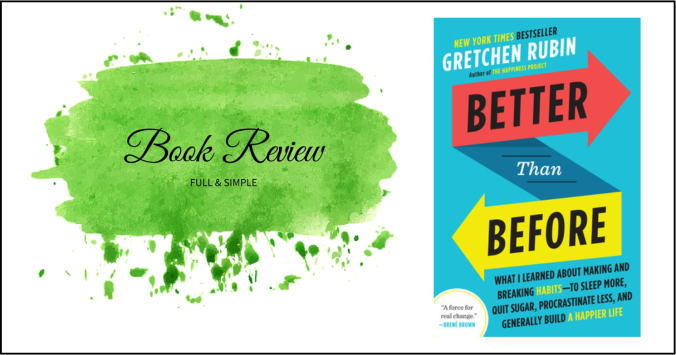
*It should be noted that a good habit is one that you want to cultivate because you think it will add value to your life and bad habits are those that will detract from the life you want to lead.
Disclaimer: I received this book from Blogging for Books for this review. The above post does contain some referral and affiliate links which means if you use the link and decide to purchase an item, I receive a little money from the company, at no extra cost to you, to help keep the blog going. Thank you for supporting the blog!

